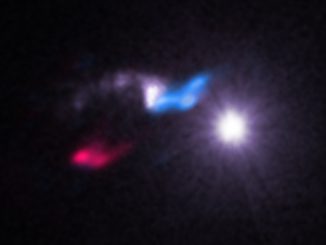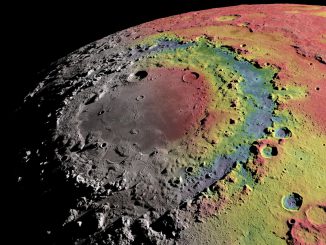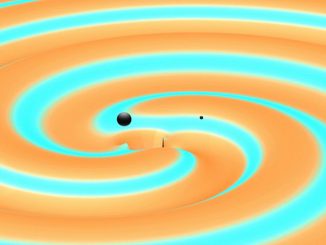
LIGO resumes search for gravitational waves
After a series of upgrades, the twin detectors of LIGO, the Laser Interferometer Gravitational-wave Observatory, have turned back on and resumed their search for ripples in the fabric of space and time known as gravitational waves. Now boasting a 25 percent improvement in sensitivity, LIGO recommenced science observations at 4pm GMT on 30 November.









